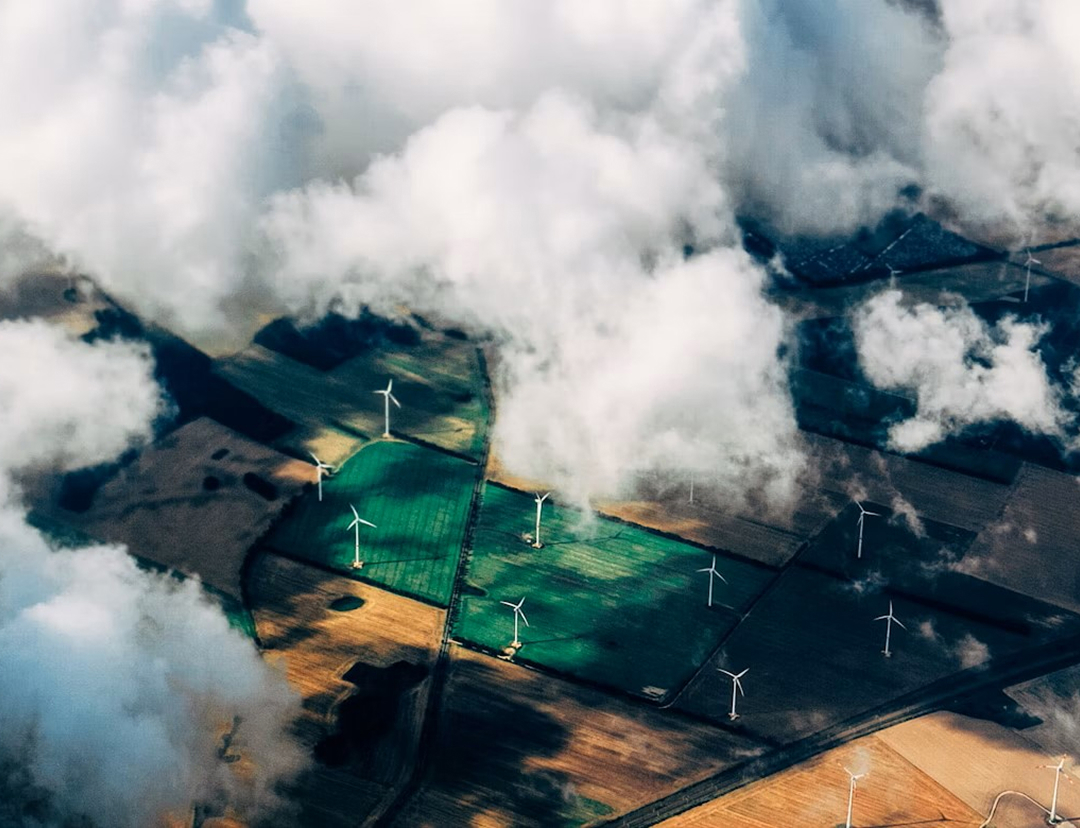In British Columbia, prolonged drought and heat stress have raised concerns about tree safety. Experts warn that these conditions can lead to branches breaking off unexpectedly, even on calm days. Tragically, on July 31, a mother and her five-month-old son lost their lives when a tree fell on them at Cumberland Lake Park campground on Vancouver Island. Just days later, on August 10, a woman was seriously injured by a falling branch at Pipers Lagoon in Nanaimo.
Peter Constabel, a tree physiologist and professor at the University of Victoria, explained that repeated droughts weaken trees, making them more susceptible to branch failure. "It's the drought that specifically causes this, and somehow it stresses the tree and drops the branch, or the branch falls. If you get cumulative droughts, of course, it's gonna weaken the tree overall," he said.
British Columbia has experienced several years of drought, although recent heavy rains have improved conditions on Vancouver Island. Constabel noted that he has observed branches from maple and oak trees falling on the University of Victoria campus, even without wind. He described the phenomenon as counterintuitive, stating, "It's just hot and dry for a long time, and the branch just breaks off. The water in the cell walls in the wood helps stabilize a weakened tree."
Jim Mattsson, a biological sciences professor at Simon Fraser University, echoed these concerns. He recently witnessed large branches fall from a Douglas fir on Burnaby Mountain. "If someone had been hit by that, that could be quite serious," he said. Mattsson emphasized that even drought-resistant species like Douglas firs can suffer from prolonged dry spells, which reduce photosynthesis and growth, depleting their energy reserves and weakening their defenses against pests and diseases.
"When you have seasons of repeated drought, and people may not even notice that they have several years of drought stress, they will drop the leaves, they drop the needles, and so on," Mattsson added. He has conducted research on Vancouver Island, noting that western red cedars, which are common there, are particularly vulnerable to drought due to their shallow root systems. As summer temperatures rise, these trees face increased stress, which can lead to their death within a few years.
Constabel warned that trees in urban areas are especially at risk. They are often more exposed to sunlight, have compacted soil, and may not have healthy root systems compared to those in natural environments. "That makes it harder for the tree to stay healthy, and also could potentially weaken the tree, then it would drop a branch in a drought," he said.
To mitigate risks, experts advise the public to look for signs of tree stress, such as splitting bark or fungi growth. However, Constabel cautioned that identifying unhealthy trees can be challenging. "Even professional arborists sometimes can't predict. They can't tell," he said. As climate conditions continue to fluctuate, the safety of trees in affected areas remains a growing concern.

 Local News in British Columbia
Local News in British Columbia

 Global News
Global News Kelowna Daily Courier
Kelowna Daily Courier The Chronicle-Journal
The Chronicle-Journal New York Magazine
New York Magazine FOX 5 Atlanta Crime
FOX 5 Atlanta Crime Blaze Media
Blaze Media The Intercept
The Intercept KCBD Sports
KCBD Sports